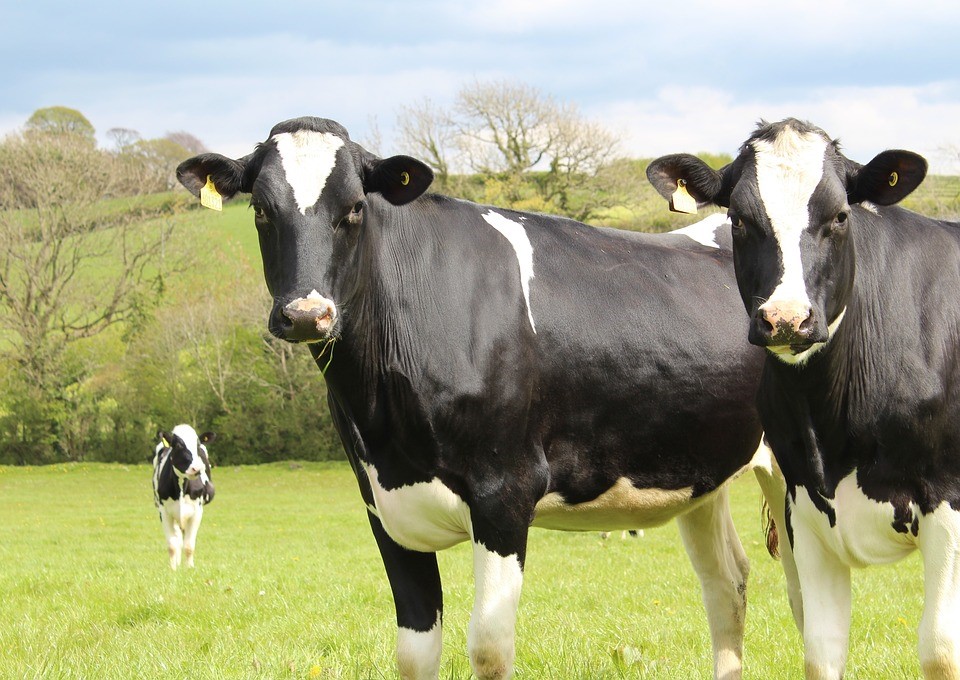

Bluetongue Virus
Bluetongue is an infectious viral disease of ruminants that is most prevalent in sheep, but also impacts cattle as the creatures are a main reservoir of the virus.
Bluetongue virus in cattle is distributed worldwide and outbreaks of the virus can result in enormous economic losses. The most common impact of bluetongue on lifestock is deteriorated overall health and diminished reproduction.

The bluetongue virus is an Orbivirus transmitted by biting midges of the genus Culicoides. There are 24 different serotypes of the virus, which are distributed in different regions of the world. The virus etiology is influenced by the different species of Culicoides present in various regions.
- Fever
- Increased respiratory rate
- Nasal discharge
- Swelling of the head and neck
- Salivation
- Stiffness
- Oral vesicles and ulcers
- Vesicular and ulcerative dermatitis
- Conjunctivitis (runny eyes)
- Swelling in and ulceration of the mouth
- Swollen teats
- Abortion
Mortality rates from bluetongue are usually much lower in cattle than sheep.
The bluetongue virus causes reproductive disorders in both males and females:
- Early embryonic deaths
- Abortions
- Malformed fetal calves
- Transient infertility in bulls
Bluetongue infection in dairy cattle can result in reduced reproductive performance and significant milk drop across the herd over time.
Laboratory diagnosis is based on the identification of precolostral antibodies from the virus or on isolation of the virus strain. When diagnosing bluetongue in cattle, the brain, spleen, and whole blood are the preferred samples from fetuses and neonates for PCR.
The most important differential diagnosis of bluetongue in cattle is foot and mouth disease, a highly contagious, infectious bovine rhinotracheitis and malignant catarrhal fever.
Treatment of bluetongue in cattle is limited to antibiotics used to control secondary bacterial infections.
Control is achieved by:
- Vaccination: modified-live and inactivated vaccines are available, but their availability and use vary between countries
- Management procedures to reduce exposure to biting midges
Lear AS. Overview of Bluetongue. MSD Veterinary Manual. https://www.msdvetmanual.com/generalized-conditions/bluetongue/overview-of-bluetongue
European Food Safe Authority (EFSA). Bluetongue https://www.efsa.europa.eu/en/topics/topic/bluetongue

